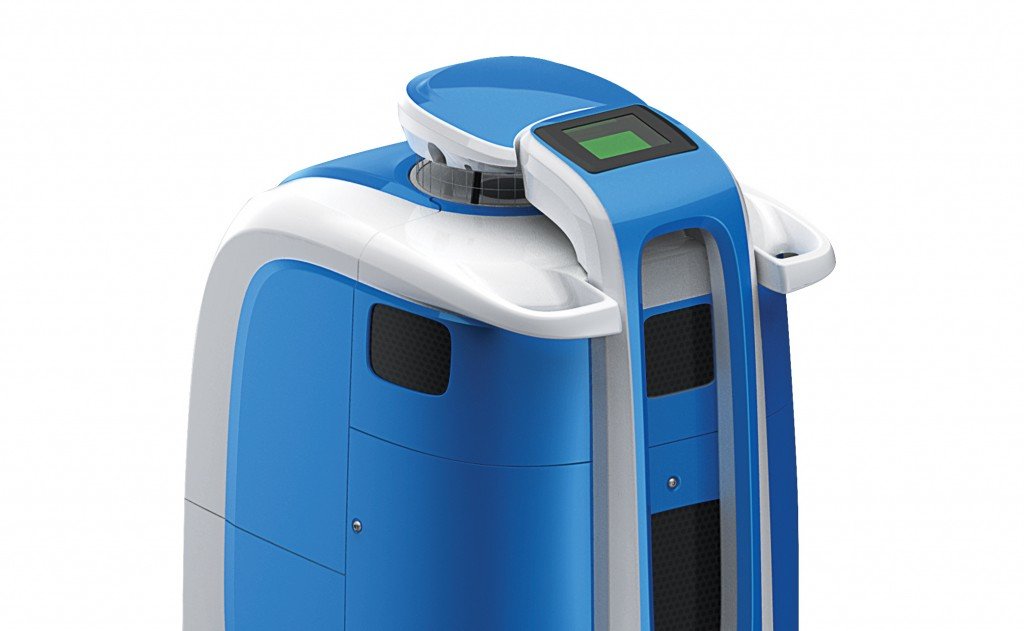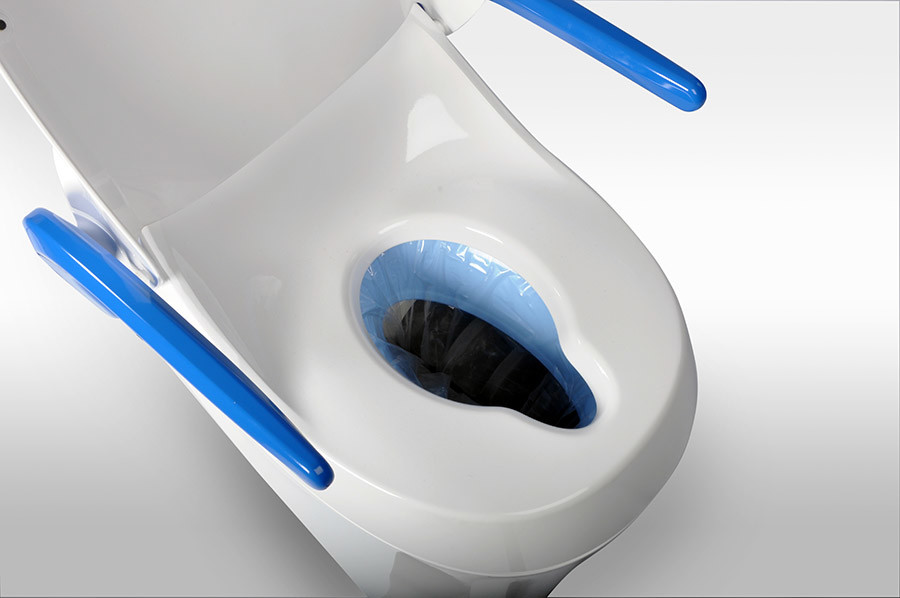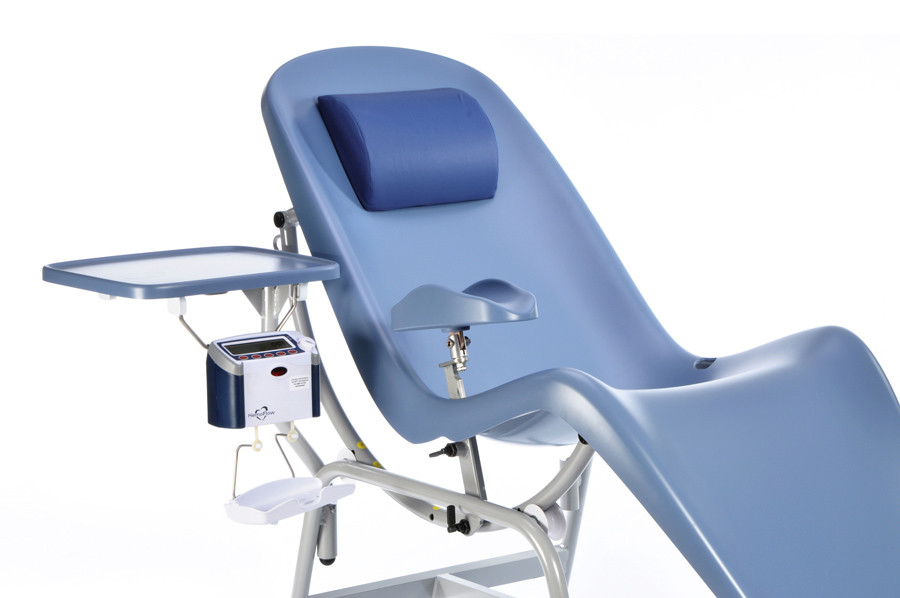This is a patient isolation system to help combat infection on hospital wards. MRSA and C. difficile bacteraemia claim many lives each year and this development was initiated to reduce the incidence of cross infection. Our client Renfrew Group International designed a structural isolation ‘tent’ encompassing a single bed space and incorporating hand-washing, toileting, gown & gloving and air filtration systems. RGi worked collaboratively with the NHS and DoH to develop the solution that can be quickly erected to provide an effective barrier against infection spread from patient to patient. Rapitypes provided 15 fully functional prototypes over an 11 month period including the provision of electronics, water heating systems, air management and filtration and all peripheral subcontract services.
The Digicast digitised orthotic assessment tool for assessing pronation and supination was developed over a 5-year period. It is used in both assessment and capture of 3 dimensional images for the manufacture of the most accurate and repeatable bespoke orthotics. Rapitypes built a series of prototype rigs with fully adjustable geometry during the development, and multiple parts and assemblies for professional assessment prior to making pre-production prototypes.
The assignment included bespoke electronics. The device makes it possible for the first time to record the angle of pronation either when scanning or taking a plaster bandage cast and can be used in all techniques of suspension, semi and weight bearing casting and scanning.
Our client Renfrew Group International commissioned Rapitypes to build air flow rigs and a full size presentation looks-like model for exhibition purposes. The Air Curtain is designed to provide an isolation space around a hospital patient’s bed through filtration and airflow management. These measures ensure the reduction in transmission of HACI’s such as MRSA and C difficile.
The bed rigs were used to determine air flow rates, volumes and pressures, output nozzle configurations and capture hood designs. The presentation models were finished to a high standard and included overhead multimedia displays and ambient lighting.



